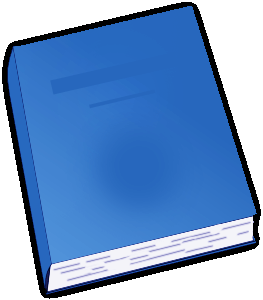Encyclopaedia Britannica, 11th Edition, Volume 6, Slice 8 "Conduction, Electric" By: Various |
|---|

The 11th edition of the Encyclopaedia Britannica continues to be a comprehensive and authoritative source of information on a wide range of topics. In Volume 6, Slice 8, the entry on "Conduction, Electric" provides a detailed explanation of the principles of electric conduction. The article is well-organized, with clear explanations and detailed illustrations to help readers understand the complex scientific concepts.
One of the strengths of this volume is the in-depth coverage of the topic, which includes discussions on the different types of electric conduction, such as metallic, electrolytic, and semi-conduction. The article also explores the various factors that can affect electric conduction, including temperature, material properties, and the presence of impurities.
Overall, the entry on "Conduction, Electric" in Volume 6 is a valuable resource for anyone looking to learn more about the principles of electric conduction. It is well-written, informative, and easy to understand, making it a valuable addition to any reference library. (1) Numbers following letters (without space) like C2 were originally printed in subscript. When letters are subscripted, they are preceded by an underscore, like C n. (2) Characters following a carat (^) were originally printed in superscript. (3) Letters topped by Macron are represented as [=x]. (4) [oo] stands for infinity; [int] for integral; [alpha], [beta], etc. for greek letters. (5) The following typographical errors have been corrected: Page 871: "an equation which is very useful, because it enables us, if we know the distribution." 'because' amended from 'becaus'. Page 890: "The colour of the luminosity due to positive rays is not in general the same as that due to anode rays." 'positive' amended from 'postive'. Page 890: "Anode Rays. Gehrcke and Reichenhein (Ann. der Phys. 25, p. 861) have found that when the anode consists of a mixture of sodium and lithium chloride." 'mixture' amended from 'mixure'. ENCYCLOPAEDIA BRITANNICA A DICTIONARY OF ARTS, SCIENCES, LITERATURE AND GENERAL INFORMATION ELEVENTH EDITION VOLUME VI, SLICE VIII Conduction, Electric Article in This Slice: CONDUCTION, ELECTRIC CONDUCTION, ELECTRIC... Continue reading book >>
|
| Book sections | ||
|---|---|---|
| This book is in genre |
|---|
| Non-fiction |
| eBook links |
|---|
| Wikipedia – Encyclopaedia Britannica, 11th Edition, Volume 6, Slice 8 "Conduction, Electric" |
| eBook Downloads | |
|---|---|
|
ePUB eBook • iBooks for iPhone and iPad • Nook • Sony Reader |
Kindle eBook • Mobi file format for Kindle |
|
Read eBook • Load eBook in browser |
Text File eBook • Computers • Windows • Mac |
| Review this book |
|---|